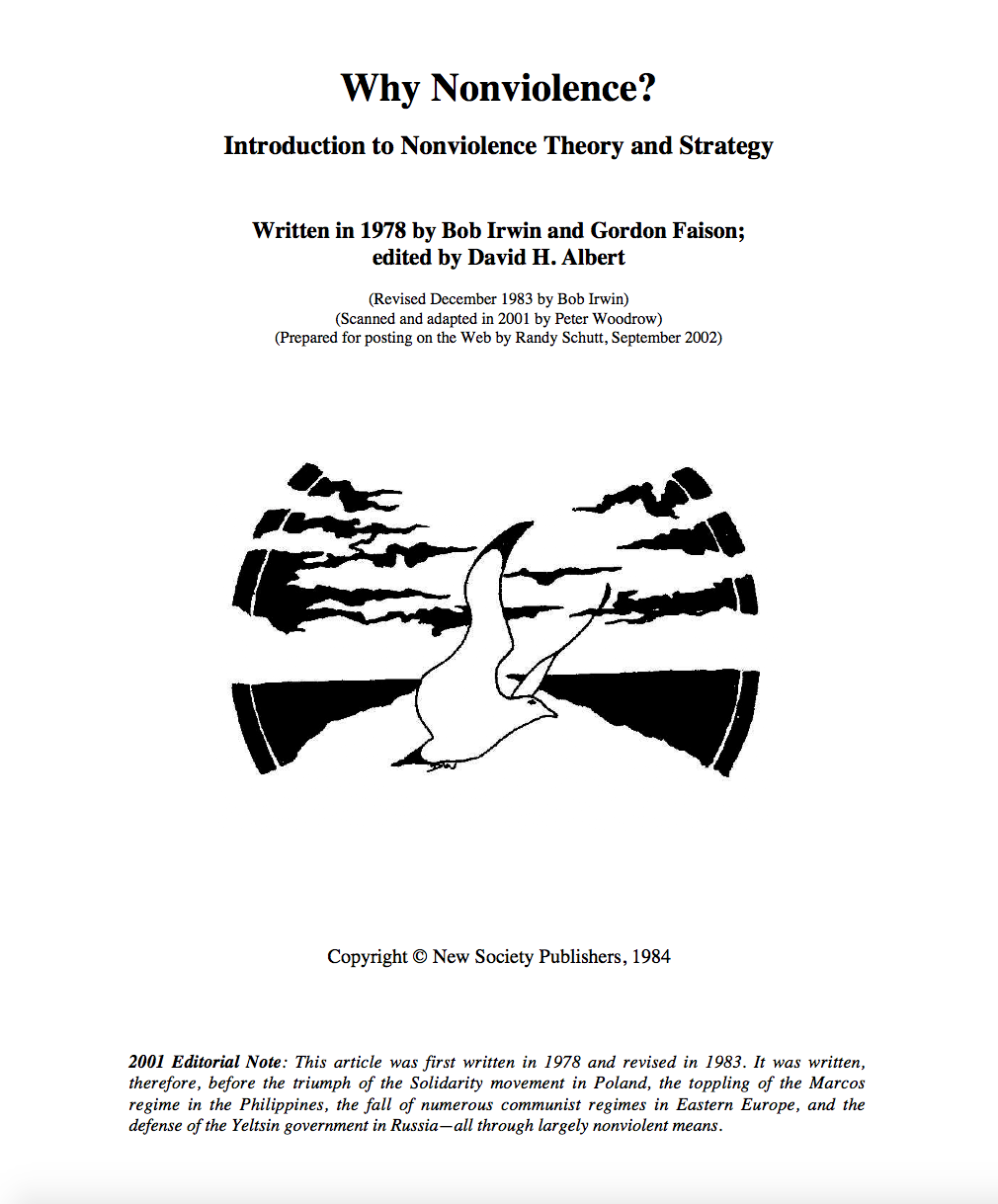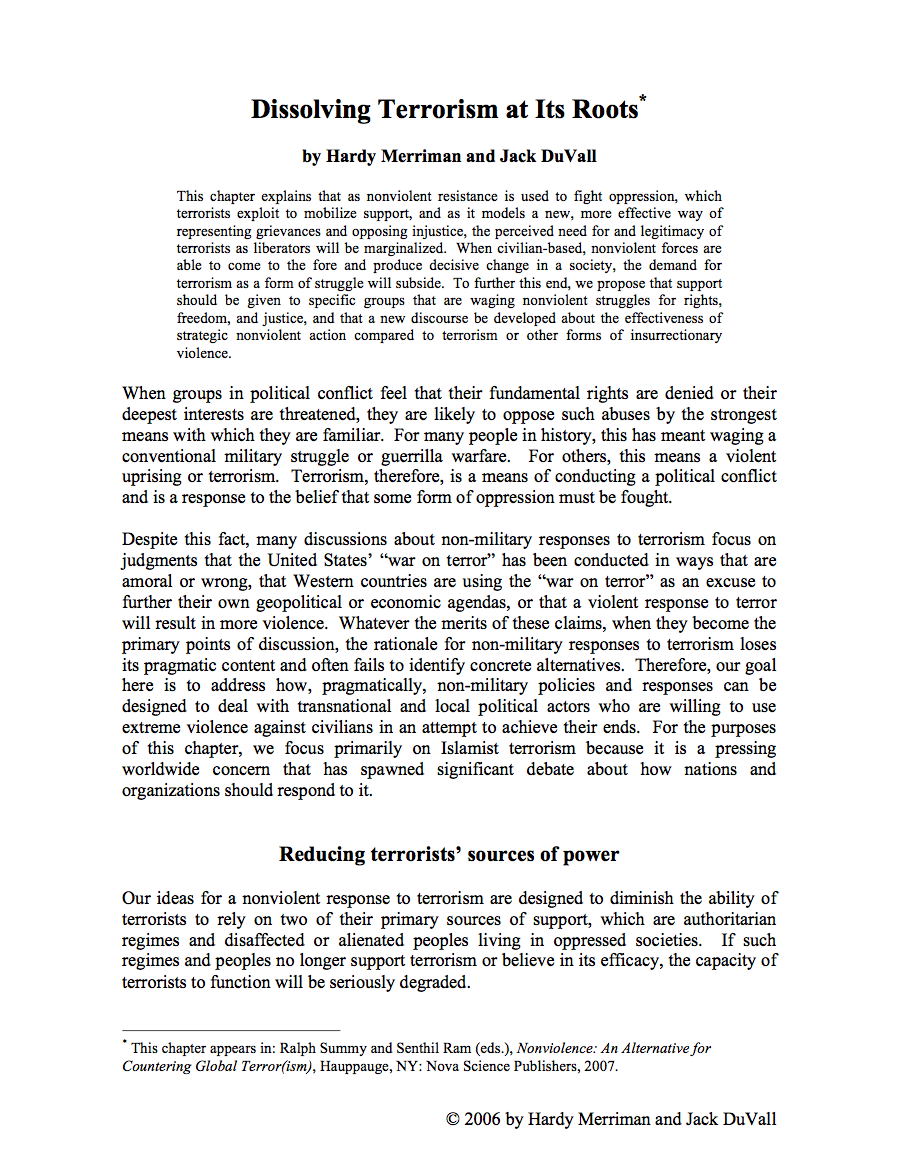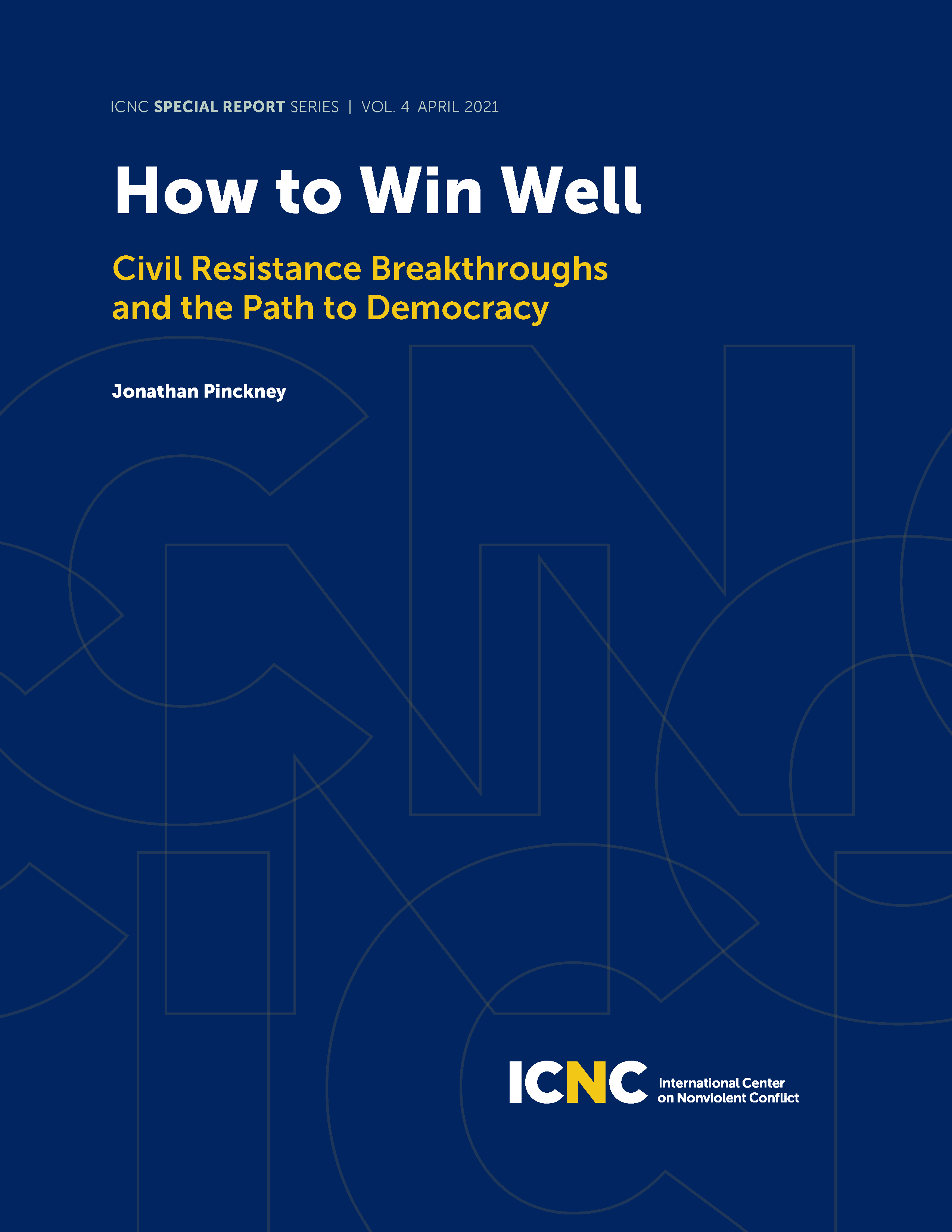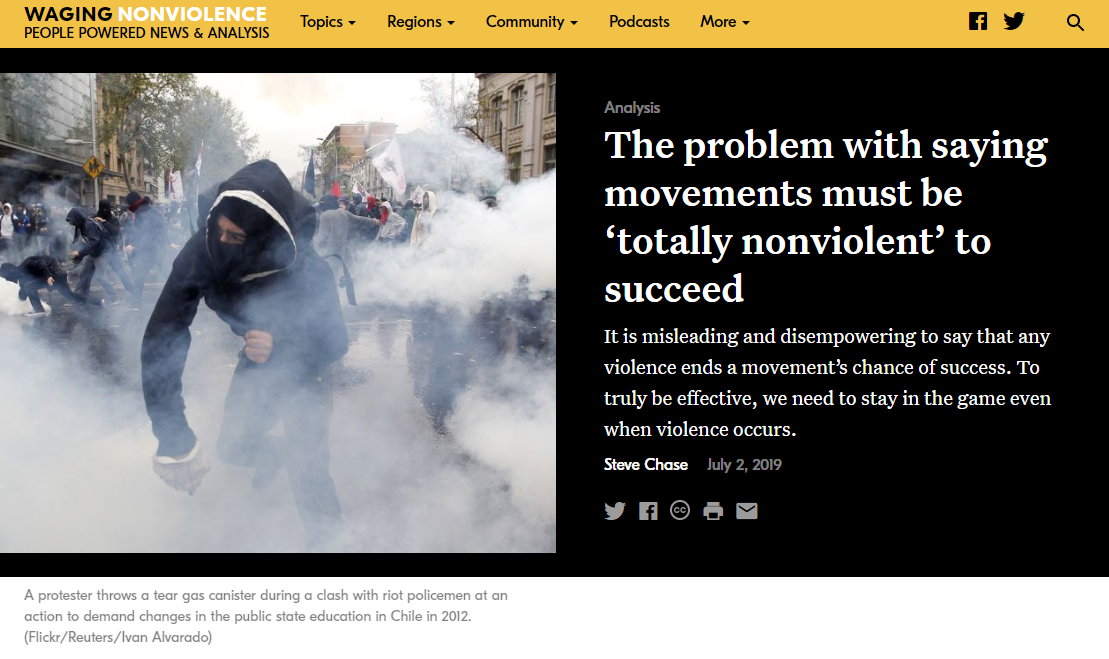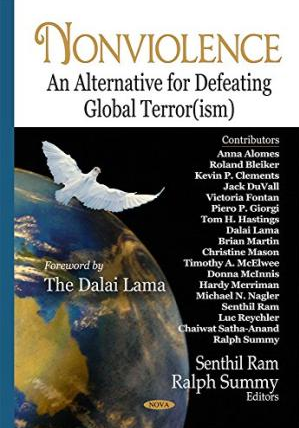
Nonviolence: An Alternative for Defeating Global Terror(ism)
The so-called ‘war on terror’ has gone badly for the West, playing directly into the strategy of al-Qa’ida and the rest of the terrorist network. Why did this happen? Were there other approaches that might have been implemented with better prospects of success? This edited collection of perspectives on the non-violent counter to terrorism opens the topic to serious consideration. The development of a non-violent paradigm brings into sharp focus the deficiencies of present thinking, and paves the way for comprehending how non-violence might overcome those deficiencies and introduce viable alternatives. Since there is a general ignorance about the history, theory and operational dynamics of non-violence, these aspects are featured throughout the book, and related to the special case of terrorism. To understand empathetically the background and mind-set of the opponent (without condoning his actions), to study his culture, to avoid the strategic trap he has set, to examine the different gender reactions of a Muslim Society, to differentiate between non-violent Islam and Islamic Terrorism, to jettison the misinformed baggage we carry about violence, to appreciate the positive role education and aesthetics can play, and to investigate ways in which a non-violent counter to terrorism might be staged, including a Gandhian response. These are just some of the tasks that the contributors have collectively pursued. Their ideas excitingly open up a whole new set of possibilities for a more peaceful world.
Nova Science Publishers, November 2007
ISBN-10: 1600218121
ISBN-13: 978-1600218125
